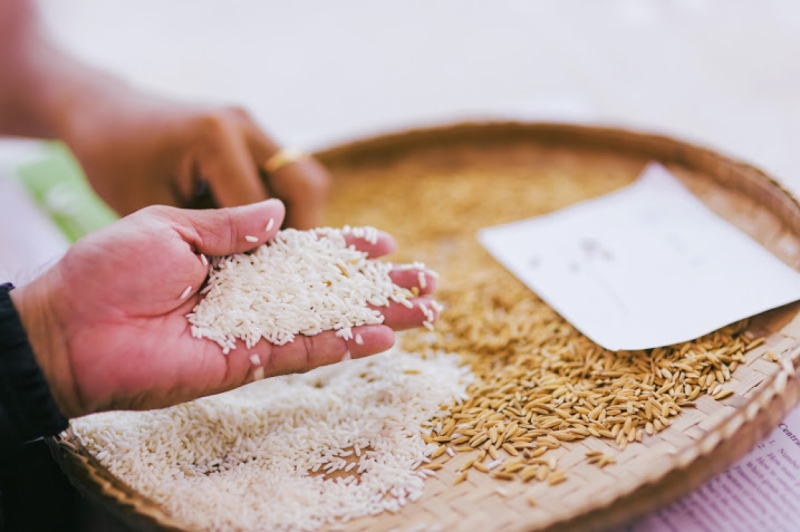



The World Bank, calls on Myanmar to address the issue of rice price volatility in its newest report released last November 24, 2014. The report titled, Myanmar: Rice Price Reduction and Poverty Reduction points out that the price volatility of the rice produced by the country is one of the highest in Asia, driving the poverty of many farmers and their families.
Price volatility: An internal issue

Report findings show that the rice price volatility in Myanmar is largely due to internal causes, foremost of which is the high concentration of rice harvest during November and December. Around 70% of paddy rice is harvested around the said periods, causing prices to drop because of high supply. Meanwhile, the price increases for the rest of the year especially from May to October. This imbalance is due in part to the poor rice varieties that limit the production of rice during the dry season.
The unequal supply-demand situation in the market is also further linked to other related factors such as Myanmar’s poor performance in rice exportation. The country exports rice to Africa, and there has also been informal, cross-border exportation of low quality rice to China. The closure, however, of the informal export with China has significantly impacted the country’s export revenues. Improving the country’s rice export performance can spur economic growth and bring about sufficient income for many smallholder farmers, explains Mr. Kanthan Shankar, World Bank’s Country Manager for Myanmar.
The price volatility is also attributed to the country’s poor post-harvest facilities and technology. The report further notes a visible need for efficient rice mills and modernized warehouses for drying and storing large quantities of the monsoon harvest to improve the country's export competitiveness.
Poor roads and telecommunications infrastructure also contribute to decreased market integration, leaving farmers with very little chance to earn higher profit from their produce.
The need for long term structural solutions
The World Bank stresses that short term measures may only decrease volatility but cannot guarantee sustainable and positive results in the long run especially in terms of the overall goal of poverty reduction. Rather, long term solutions that address the structural issues would be more effective and welcome. These include policies that will encourage added investments in agriculture and a friendlier business environment through an open trade policy that can bring in more foreign investors into the country.
Said investments include modernizing rice mills and providing additional post-harvest facilities that can decrease storage costs, drive productivity and improve the quality of the harvest. Farm-to-market roads and necessary telecommunication infrastructures can conveniently link farmers to the market, as well as improve access to market information especially on consumption and pricing.
The report also stressed the need for better farming practices that will allow for a more evenly-distributed farming and harvesting activities throughout the year. This will necessitate improvement in irrigation systems and access to a wide range of rice varieties that can be grown and harvested in different periods.
These structural and policy solutions are critical to this country where more than 50% of the population rely on agriculture for livelihood and wherein price fluctuations affect a majority of the rural population who live close to the poverty line.
Earlier also this year, the World Bank came out with a report titled, Myanmar: Capitalizing on Rice Export Opportunities. The report has also emphasized improving the country’s rice exportation through diversifying and increasing rice production.